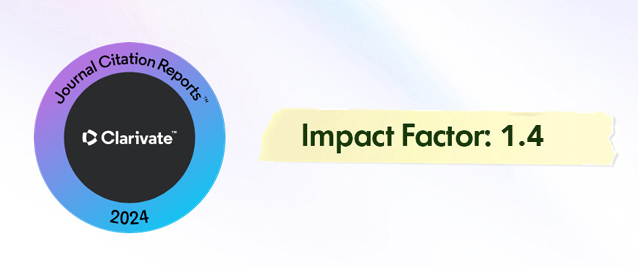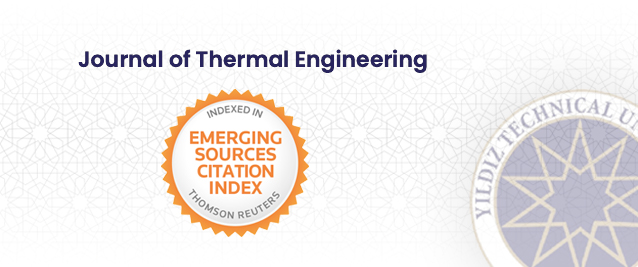2Department of Biological and Agricultural Engineering, North Carolina State University, Raleigh, NC USA 27607
Abstract
Thick-walled pipe experiencing internal flow is widely used in a variety of applications in the industry. Some of the most prominent ones are heat exchangers, heat pipes, furnaces, etc. In this study, conjugate heat transfer has been examined in a pipe filled with a porous medium experiencing a constant external heat flux. Th e an alysis is ba sed on a tw o-dimensional domain using a quasi-thermal equilibrium model. Effects of porosity, pore density, Reynold’s number and thermal conductivity of solid and fluid on the Nusselt number have been studied. Three types of porous foams based on the pore density have been chosen for the analysis: 10 PPI, 40 PPI and 60 PPI. The results have been generalized for use in a wide range of Newtonian fluids. Additionally, the pressure drops across the pipes fi lled wi th po rous media have been studied as a function of pore density and Reynold’s number. Numerical results indicate augmented performance with porous foams of high pore densities. However, using a porous medium with higher pore density leads to higher pressure drop, thus needing pumping power. The computational model used in this manuscript predicts that Nusselt number is increased by 38.7 % with Reynold’s number < 10000, when the porous medium is changed from 10 PPI to 60 PPI. The numerical data presented in the manuscript supports the application of low porosity foam with low pore density to achieve better thermal transport at the cost of pressure drop.























